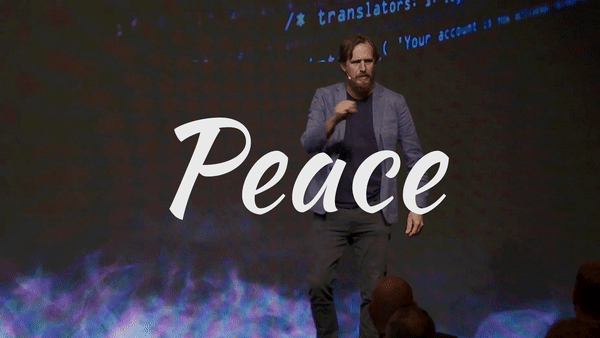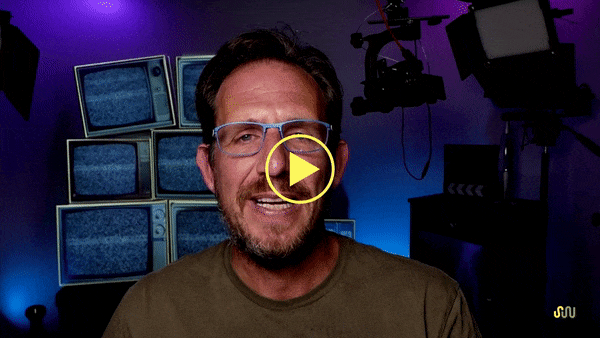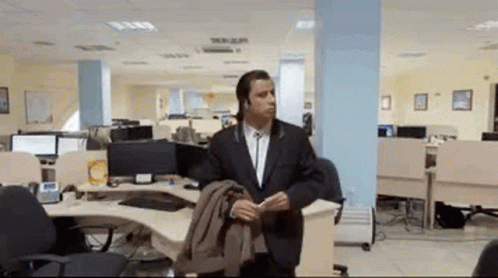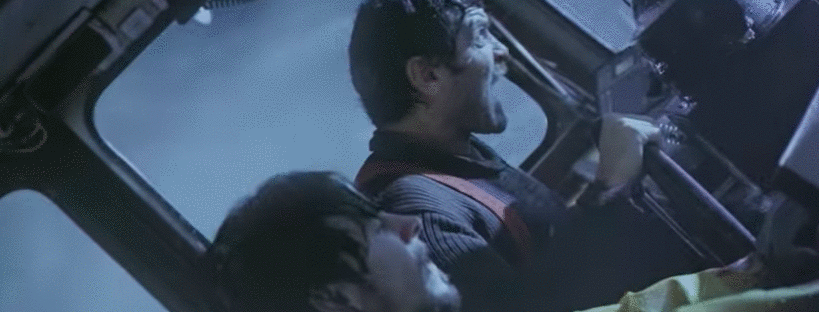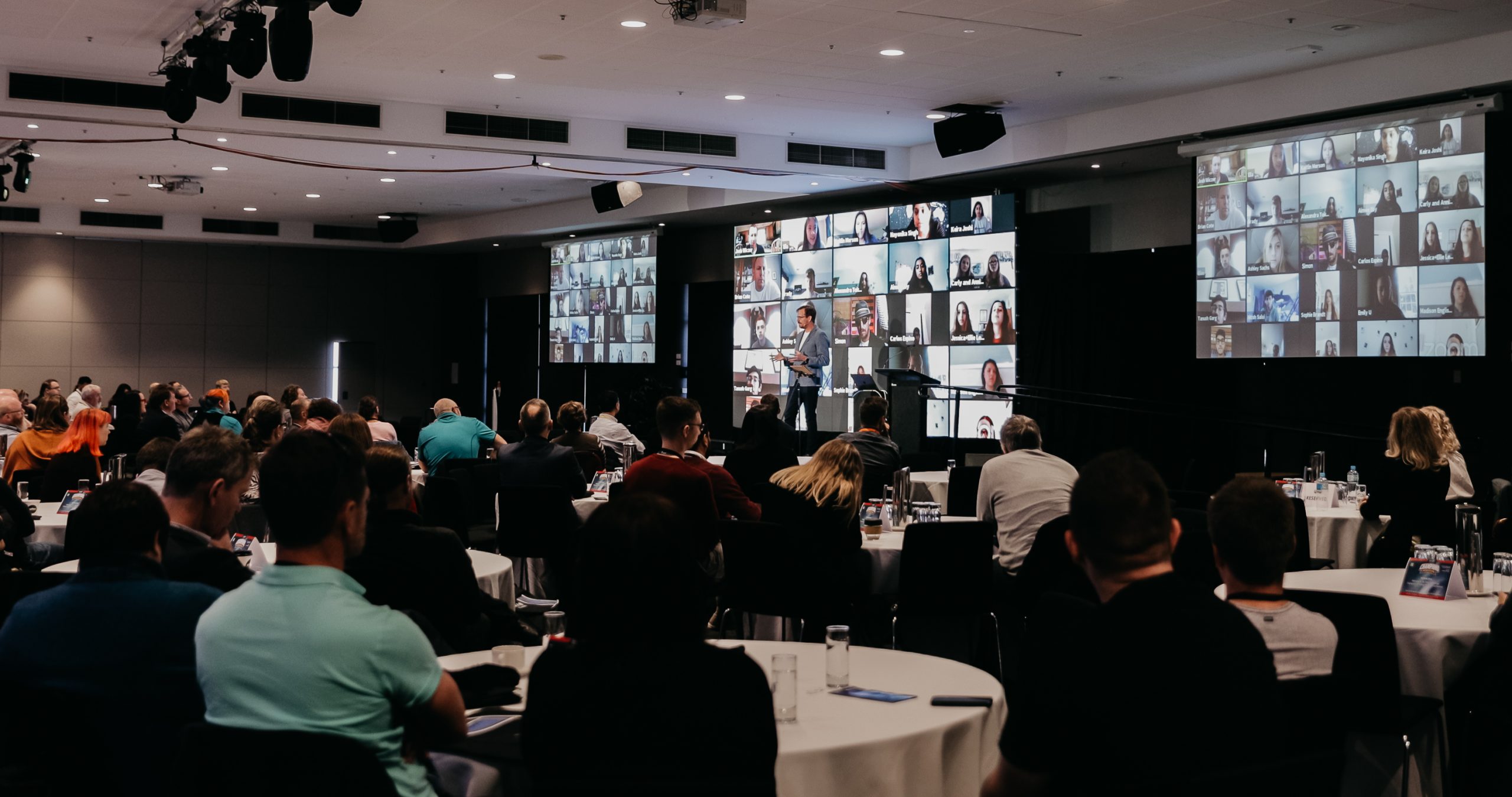One of the most powerful diagrams I have ever seen is also one of the simplest. It was shown to me when I was working as a Lean business improvement coach at Rio Tinto and it illustrated the difference between a Western and Eastern approach to change.
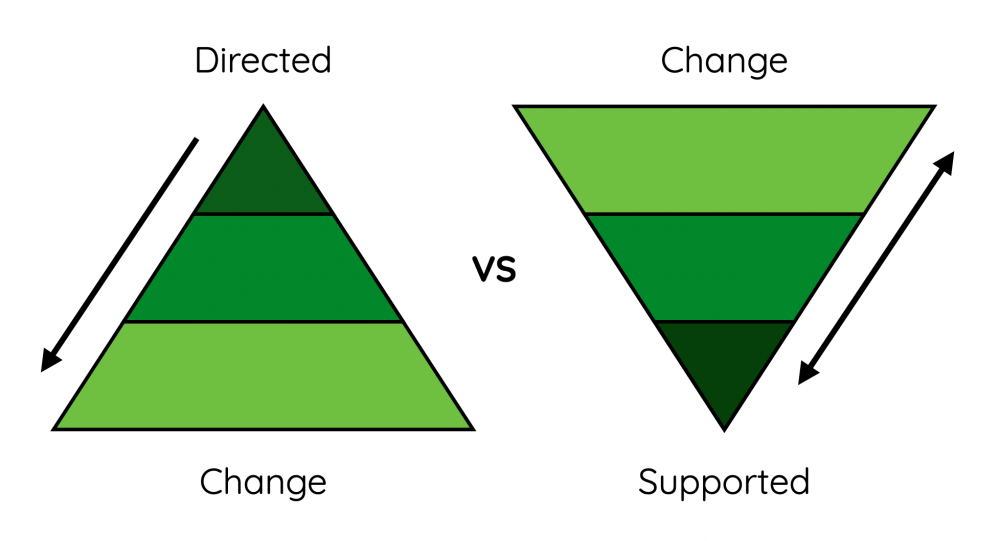
Western organisations are often represented as a pyramid (left) with the CEO at the top who directs the executive team, who in turn direct their managers, who then tell the people on the bottom what has to change. In Eastern organisations, the CEO is on the bottom (right). The CEO’s job is to support the executive team, who in turn support their managers, who then support the people on the front line to make change.
Now I’m not entirely sure how accurate it is to describe this as East vs West as, apart from Lean, there are other change methodologies such as Agile that share a similar philosophical underpinning. But regardless of its origin, this is still an incredibly powerful concept. Firstly, it makes sense that the people on the frontline have a say in the changes that need to be made, the further one is removed from the operating environment as the less able they are to see what needs to be changed. Secondly, as the operating environment becomes more dynamic, organisations need more change agents if they are to maintain relevance. Finally, without the support of frontline workers, you can almost guarantee that any change effort will fail.
If we are to look at change methodologies such as Agile and Lean, we can see some similar core principles that enable a ‘supported’ approach
- Focus on the customer – Change is ultimately in service of the customer (whether internal or external), therefore those closest to the customer need to direct the change.
- Democratise access to tools – If everyone is a change agent then everyone needs training in how to manage change well, and change tools need to be usable and accessible to everyone.
- Small changes are better than big ones – Not only are small changes easier to implement than big changes, they also involve less risk and take less time, which in turn means you get a return on your investment sooner.
- Make change continuous – The hardest thing to create in business is momentum. Which means if you have momentum around change the worst thing you can do is waste it. Before one change initiative has finished, the next one should be ready to go.
The success of organisations such as Toyota and Google (Lean), Apple, Atlasssian and Spotify (Agile) has lead countless organisations to pursue a culture of continuous improvement but many ultimately fail. I would suggest that the number one cause of failure is not in the tools (these are all incredibly well documented), but rather a failure to embrace the underlying philosophy of supported rather than directed change.
